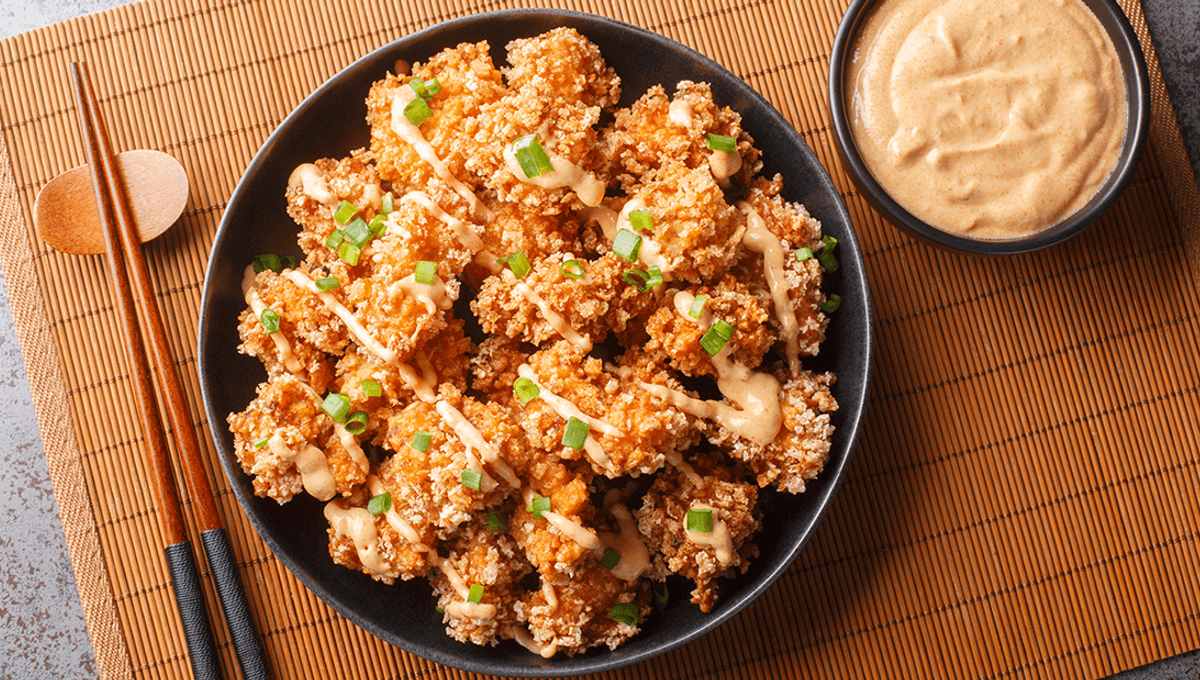
Every now and then, people are grossed out to learn a surprising truth about how their various foods are made. For instance, the cheese you sprinkle on your Bolognese involves a lot more baby cow stomach juice than is ideal.
ADVERTISEMENT
Today, people are learning the shocking truth about how panko breadcrumbs – those delicious breadcrumbs used in Japan to add flavor and crunch to fried food – are made. Fortunately, this one is a little bit more literally shocking.
So how do they get that unique panko texture? The secret goes back to World War II. There is a story that goes around the Internet, which holds that during World War II Japanese soldiers wanted bread, but somewhat lacked ovens in active war zones. So, the story goes, they decided to electrocute the dough until it became bread using the batteries on their tanks.
The story is fun, but ultimately wrong. In truth, in the 1930s, the Imperial Japanese Army commissioned a new type of kitchen that could be deployed in the field in order to prepare two staples for soldiers on the front line: rice and bread. The design settled on in 1937 was an insulated wooden box with electrode plates inside, Nathan Hopson, Associate Professor at the University of Bergen, explains in a piece for Hypotheses.
The device, instead of usual methods of heating food, electrocutes the dough until it is ready.
“In ohmic heating, like in microwave heating, heat as such is not delivered to the food through its surface but is generated inside the food by conversion of another type of energy to heat,” a book chapter on the topic explains.
ADVERTISEMENT
While electroconductivity of the food is a big factor, this method has a number of advantages over traditional thermal cooking.
“The advantage of ohmic heating is that it uniformly heats in contrast with the non-uniform distribution of microwave heating. In the absence of a hot wall, ohmic heating provides a considerable advantage for foodstuff applications, by not only avoiding the degradation of thermo-sensitive compounds through over-heating but also by reducing the fouling of treated food surfaces during processing,” a review of the topic explains.
“Special advantage is that ohmic heating can improve food quality and saves cost and energy to processors. Ohmic heating can produce safe, high quality food, and to validate any commercial process by experimentally demonstrating its application. The shelf life of ohmically processed foods is comparable to that of canned and sterile, aseptically processed products.”
Following the war, this method of making bread has become the tradition in the first step of making panko breadcrumbs. If you’re eating anything with a panko crust, there’s a good chance there was some electrocution involved. Shocking, we know.
Source Link: The Shocking Truth About How Panko Breadcrumb Is Made